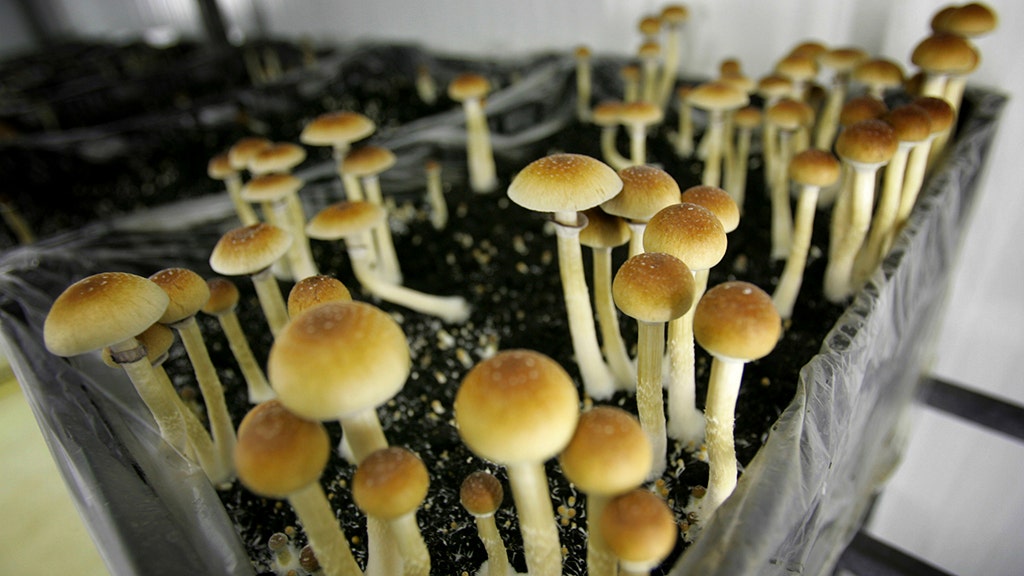St. Mary’s Church has been an important part of the Central District’s history for more than a century. Even the Food Bank in St. Mary’s has its own story. These stories diverge.
Seattle’s longtime St. Mary’s Church will be closed. The Archdiocese of Seattle announced on April 19 that it was restructuring five churches in central and south Seattle; St. Mary’s will merge with St. Therese, which is in the Madrona neighborhood and two miles northeast of St. Mary’s. The archdiocese said the structuring is part of a strategic plan triggered by finances, a shortage of parishioners and a shortage of priests.
For decades, St. Mary’s became an integral part of the Central District community. The iconic church building and its plaque across the street welcomed parishioners and people in need during world wars and global economic crises, while also becoming a place for anti-racist organizing.
When St. Mary’s Church was built in 1911, Seattle had a population of only 237,000, and mass was held in German and English as most of its parishioners were from Germany and Ireland. In the 1960s, U.S. immigration reform laws increased diversity. Instead of preferring Northern and Western Europeans, people from all countries had equal opportunities to immigrate to the United States. According to a book commemorating the parish’s 100-year history, St. Mary’s saw an increase in attendance at Filipino and Hispanic congregations between 1968 and 1999.
St. Mary’s has also developed a reputation for activism. 1968 Ms. Michael Holland, St. Mary’s first bilingual pastor to speak English and Spanish, was arrested during a civil rights demonstration. Secret meetings between the Black Panthers and the Seattle police were held at the church parsonage.
Foundation of the board
The Food Bank in St. Mary’s is almost as important to the Central District as the church itself. It was created in the 1940s. Initially, few canned goods were stored in the rectory to assist neighbors and parishioners in crisis, but in the 1970s the Boeing Co. layoffs left many families in the neighborhood with no income and more people began to use the board to order get through. Since then, it has grown to provide food for 162,000 households. President and Chief Executive Officer of St. Mary’s Food Bank and Stakeholder’s Committee member Ed Hill said, “We are the second largest food bank in town.”
Hill said the Food Bank’s location, the accessibility of major transportation hubs, and the relationships it has forged with grocery stores and community members over the years have allowed St. Mary’s Food Bank to grow into what it is today . The Food Bank at St. Mary’s is church-owned but became a 501 (c) (3) organization in 1996.
One of Hill’s major concerns is that if the chalkboard moves, he’s not sure if volunteers will follow. Cooking bags, grocery sorting, and home delivery are services supported by community members and community members who volunteer their time.
“Many places know about us – that we have the opportunity to pick up their food, keep it fresh and make it available to our customers. If that goes away we lose the whole area and we get a lot of money because of the area we’re in, ”said Hill.
Hill was surprised to hear that St. Mary’s was merging with St. Therese. At the moment, Hill said, the Archdiocese of Seattle told him the tablet can stay where it is, but he has received no guarantees for the future of the tablet.
The Archdiocese of Seattle states on its website that during the merger, “parishioners from the parishes of St. Mary and St. Therese will participate in the planning process. They will work together to set the critical mission vision for the food bank that has served the community since 1949. ”All of St. Mary’s assets will become the property of the merged parish, which in this case is St. Therese.
Helen McClenahan, Seattle Archdiocese’s Managing Director of Communications, said, “I have no doubt the panel will continue, but it will be up to the new leadership of the united fellowship to find out, ‘Do we want to keep it? the same building or do we want to move it? ‘”
According to McClenahan’s internal records, most of the people who serve the board are not parishioners from St. Mary’s but people from the surrounding neighborhood.
Rely on the service
Bruce Paul, who has lived in the Central District for 62 years, said there are many fixed income people like him who are relying on the blackboard where it is currently located. “There are many people in my position who use this place and come to fetch goods. That helps a lot of people, ”said Paul. “I have a need and it fulfills my need.” There are at least three low-income apartment buildings nearby that are supported by the Tafel. Paul says he goes to the blackboard and if she moved it would have a crippling effect on his life. “It would be like tearing my toe off,” Paul said.
Hill has been a parishioner since childhood and even went to St. Mary’s Elementary School. For Hill, closing the church means not only losing a place of worship, but people losing an active voice and safe haven in the Central District. “We’re a big church for social justice, not to say St. Therese isn’t, but we’ve had this history of social activism over the years,” Hill said. According to Hill, St. Mary’s Seattle began El Comité, a social justice organization that advocates civil, labor and worker rights.
Hill is also frustrated that the needs of a growing Latinx community are being ignored. The merger will bring together two Catholic branches: one traditionally black, the other Latinx. “The Latino community was basically disregarded,” said Hill. “We had to add a second Sunday service because this community is growing.” Over the years the church has become known as a meeting place for immigrants and refugees, and about 60% of their congregation speaks mostly Spanish. “If they get to the US or Seattle, I don’t know how, but they’ll find St. Mary’s,” he said.
Compounding effects
Hill thought the church was in good shape until he received a letter from the archbishop stating that St. Mary’s was no longer financially viable. St. Mary’s had a long-time tenant, Giddens School, but it moved to a new building in December 2019. Since then, St. Mary’s has made upgrades in preparation for a new tenant.
“We spent our reserves on all of these studies and everything to make sure everything was good. When it finally came time to sign the graduation papers and take this tenant there, the Archdiocese said we could not rent the space to another school that would compete with Catholic schools or be contrary to Catholic teaching, ”said Hill.
McClenahan, on the other hand, sees the closings as a necessity to keep the communities full and prosperous. “Seven percent of the Catholic parishes in the US have closed in the past decade and there’s only been a decline in participation and engagement,” she said. “Especially in South Seattle, we have a high concentration of churches within a mile of each other and, overall, not necessarily enough resources of any kind.” McClenahan said St. Mary’s parishioners have declined over the past 20 years.
McClenahan also noted that keeping old churches open is a huge cost and that churches are falling into disrepair. The Holy Rosary in Tacoma had a partial ceiling collapse and required an estimated $ 18 million to complete structural and roof repairs.
“There are certainly a number of parishes in the archdiocese who have sold property because they said, ‘We are one church; we are not a landlord. ‘ So in certain cases they get rid of that property because it doesn’t help them accomplish the mission, ”McClenahan said.
The development of the area around the Marienkirche and the school have made the property values very high. The land used for the food distribution center alone is valued at $ 1.6 million, according to Redfin.
In an email to Real Change, McClenahan stated that there is no specific time frame for when St. Mary’s will close; She said this will be one of the talking points for the two stakeholders when they start working together. “All pastoral leaders in all parishes change on July 1st of each year, so that could be a possible time for a change in the next year.” McClenahan also wrote that “It would be wrong to automatically assume that the building is selling will, although this may be a result ”.
For now, the food bank will stay where it is and continue to distribute nearly three million pounds of groceries annually to families in need in central Seattle.
Read more in the issue from August 11th to 17th, 2021.


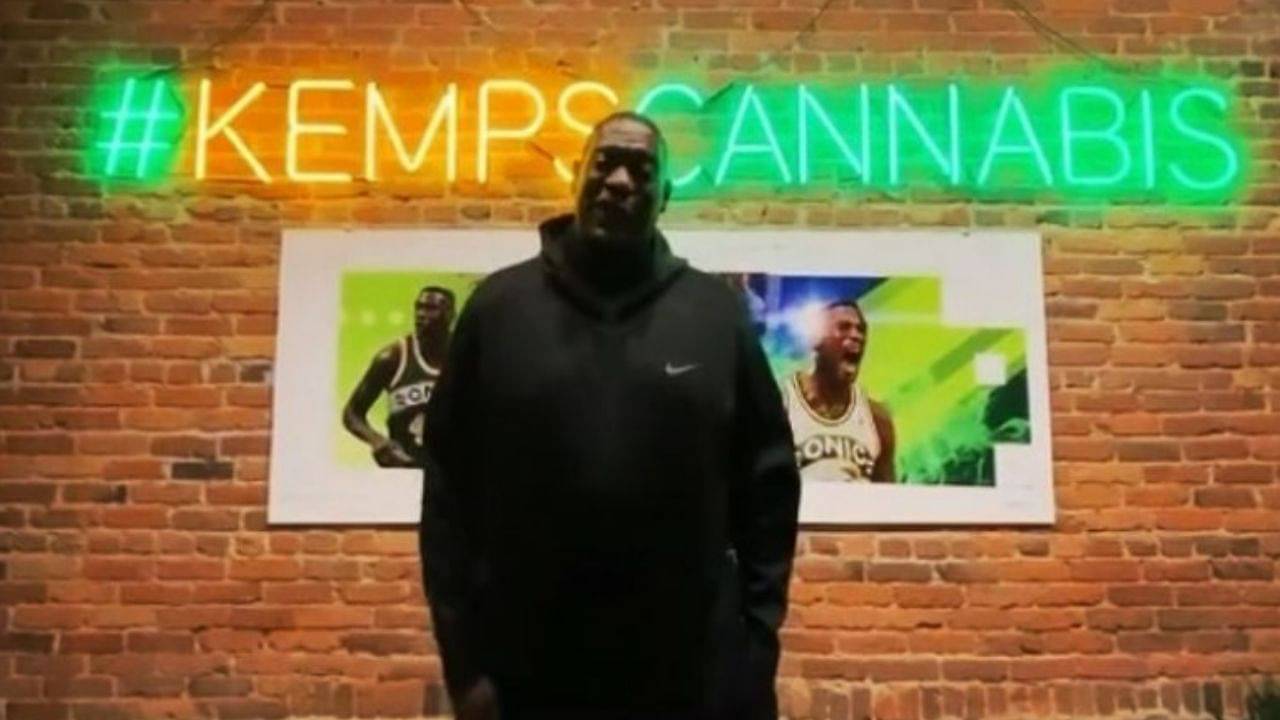
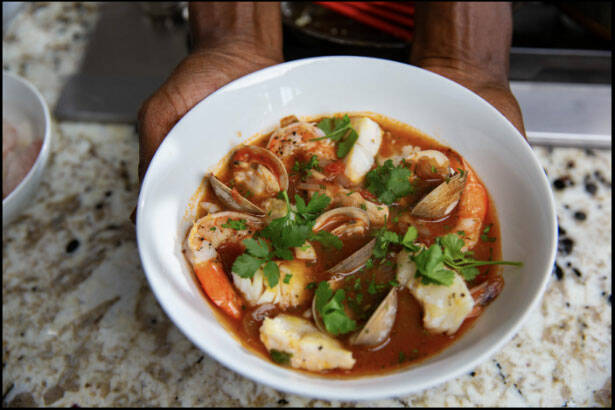



:quality(70)/cloudfront-us-east-1.images.arcpublishing.com/cmg/BPEI2QQ76SHPPOW6X6A6WHEGX4.jpg)
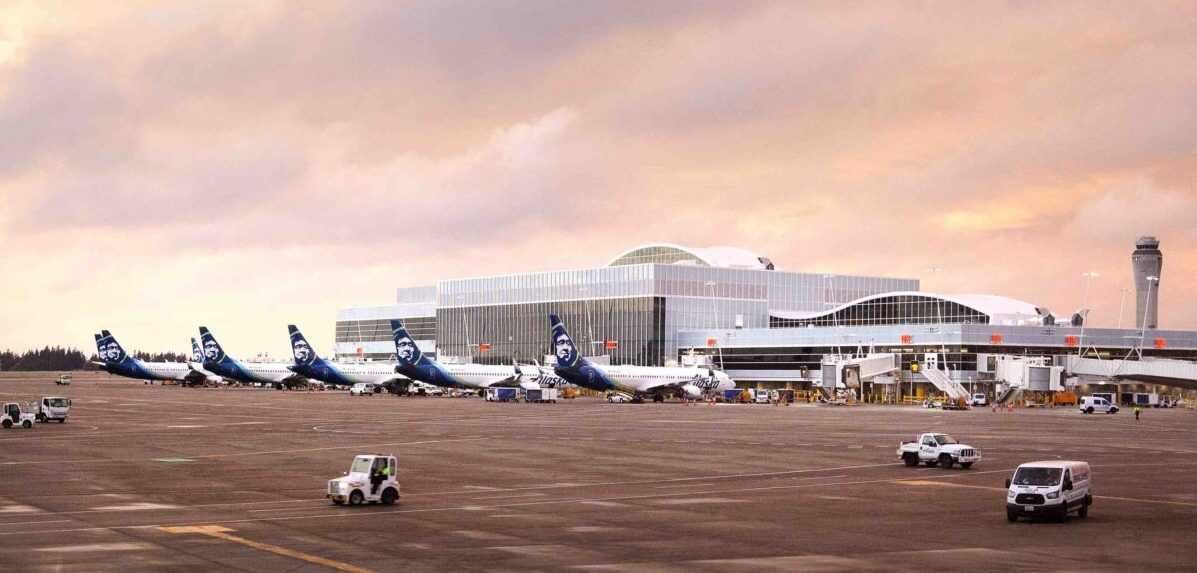

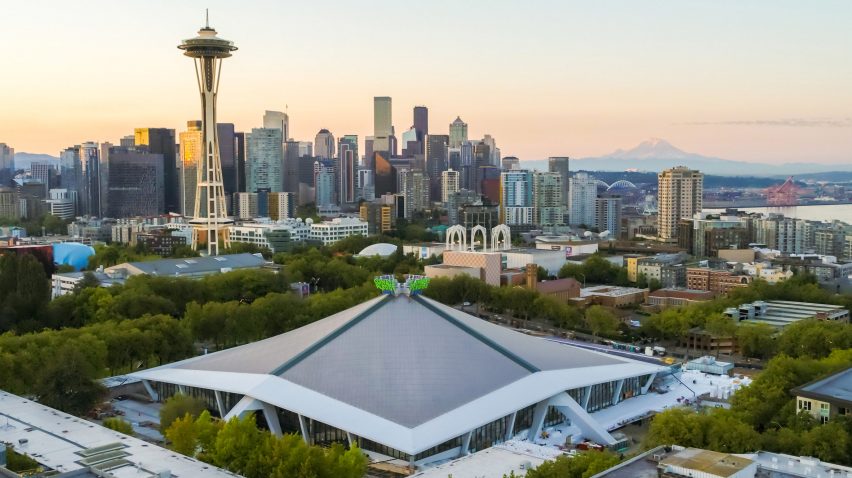

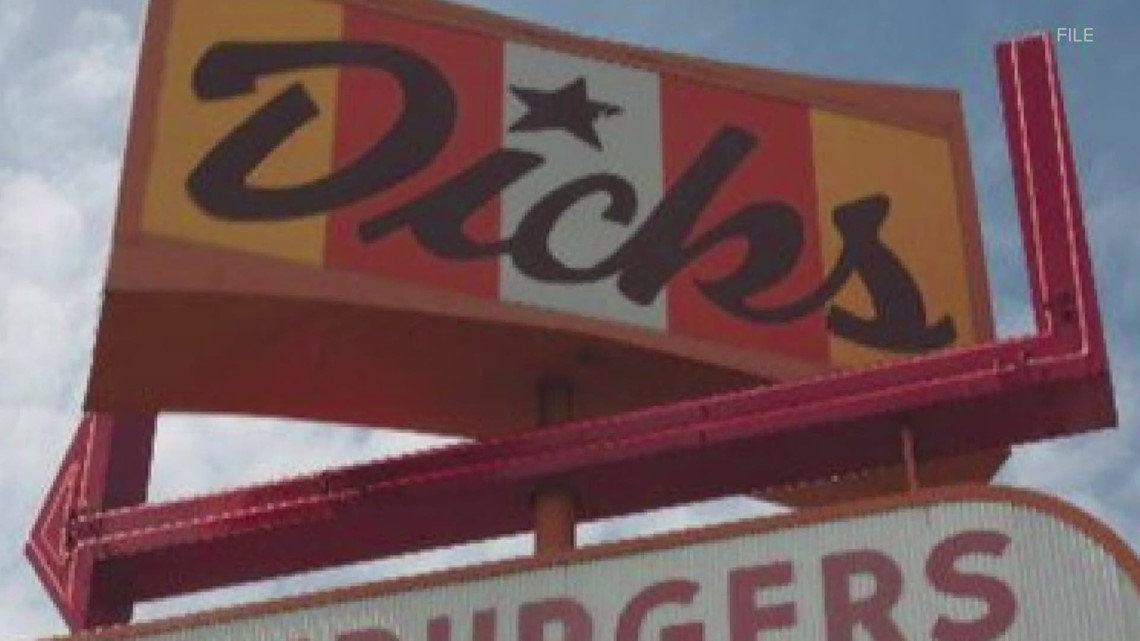



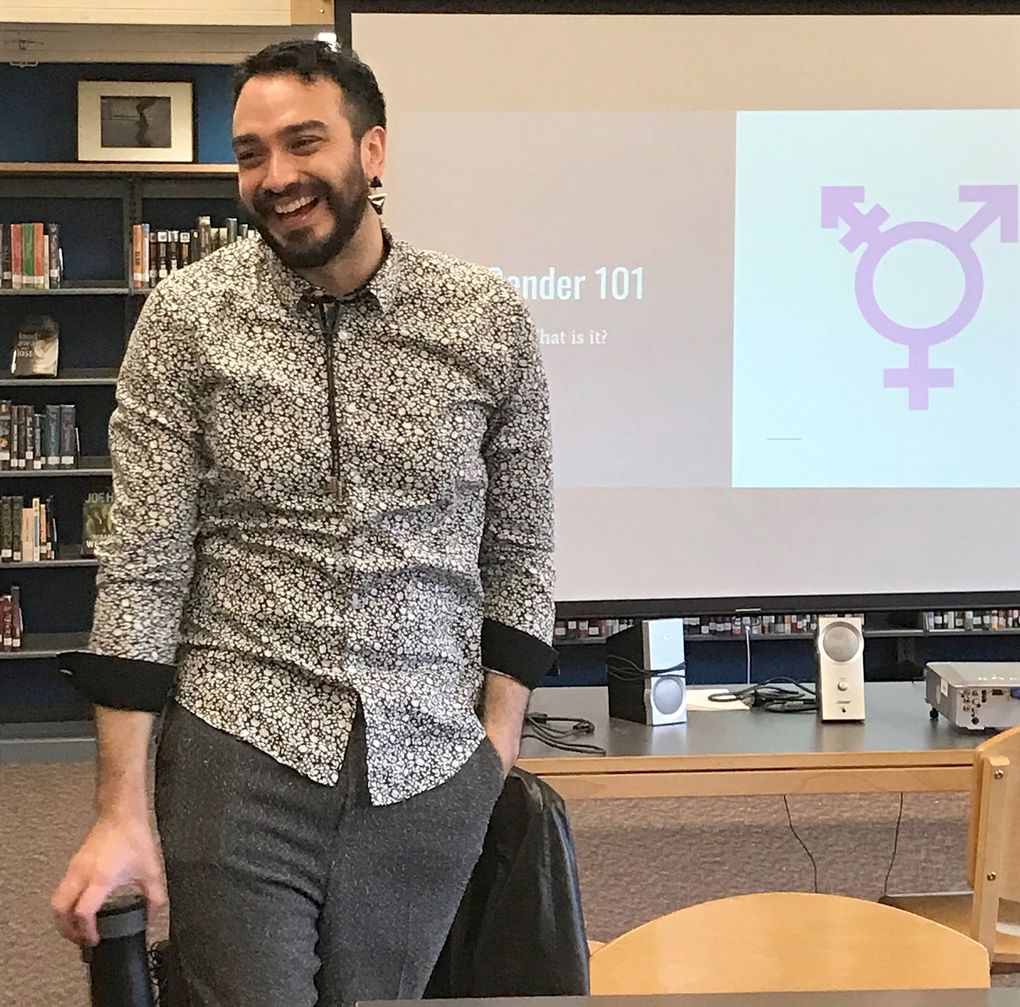




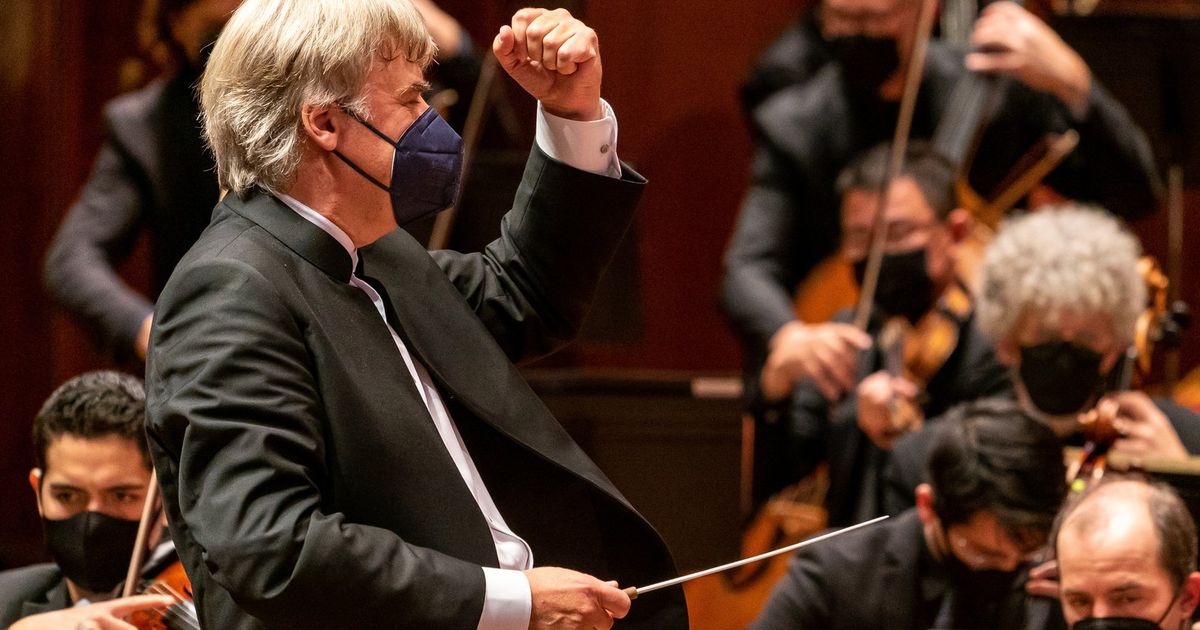


:quality(70)/cloudfront-us-east-1.images.arcpublishing.com/cmg/GLQND2AXQQO2G4O6Q7SICYRJ4A.jpg)

/https://specials-images.forbesimg.com/imageserve/618720992e41c4973abab648/0x0.jpg)

